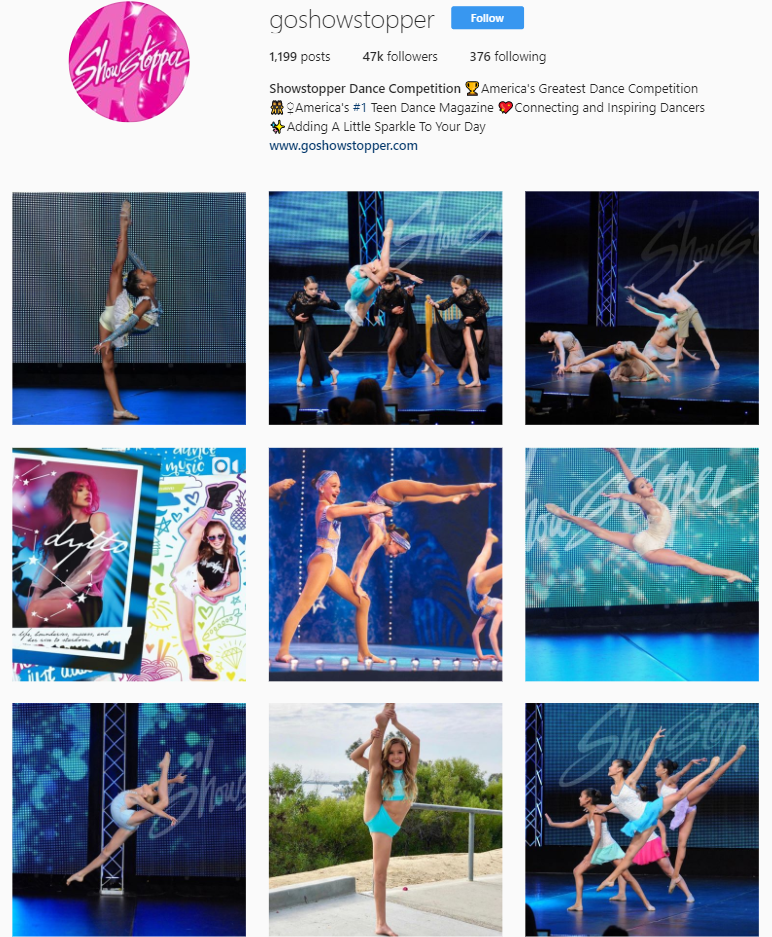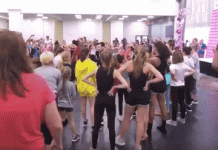In a world where what you do digitally is as important as what you do in real life (and they overlap quite a lot), communicating information with your students and their parents as well as other potential students and parents is sometimes best done through social media. Because of this, it is important to have a social media presence that is captivating, informative, and strategically developed. There are many social media platforms, but one of the biggest and most important is Instagram. Creating a successful Instagram requires more than just posting. Next time you take a look at your studio’s Instagram, remember that it is important to consider these elements:

Visualize the Grid
A grid is a consecutive series of Instagram posts on your profile. Depending on the device you use, when you view your studio’s profile you will either see 9 or 12 posts. That is a grid. Because of this, it is important to think of your posts in 9s and 12s. This does not mean that you should post a dozen things at once. Instead, you should think about the ways in which your posts will look together on your profile. How are they connected? How do they look next to each other? This might seem like a painstaking and minimal task, but having grids that are cohesive and attractive is just one way to draw people to your profile and encourage them to scroll through more than just the first few posts.
There are many ways to organize grids, but here are a few key ones:
- Subject matter (dancers, your studio space, infographics, etc)
- Color (complimentary colors, photos focused on the same color)
- Style (casual photos, professionally posed photos, flat lays of merchandise)

Comment and Respond
Instagram seems to market itself as like-driven. Meaning, that the more likes a post gets, the more successful you are. However, what is most important in this virtual space is interaction. It only takes your followers a second to double tap a photo and give you a like. A comment takes more time and effort. A follower that comments is a follower that is truly engaged.
Encouraging comments is done in several ways. You can comment on other people’s posts to show that you are an active presence and not just a company that posts photos. You can prompt comments in your photo captions. Also, and most importantly, you can respond to comments you receive. Responding to someone’s comments makes them feel special and shows them and anyone else looking at your post that you value their interaction. Make sure to respond to as many comments as you can. It makes your profile more active and puts you in the Instagram algorithm’s favor.

Analyze
Analytics can give you a lot of valuable information from the demographics you are reading to post by post comparison of likes, engagement, and views. It is important to pay close attention to your analytics checking on them once a week, or at least once a month. To view your profile analytics on Instagram, you have to have a business account. If your studio’s Instagram is not already set up as a business account, you can easily convert it by going into your profile settings and selecting “Switch to Business Profile.”
Once you are able to view your analytics, explore them and get a general understanding of your audience. Having an understanding of who is viewing your content will allow you to experiment with your posting system more easily. For instance, if start posting more infographics style images, your analytics will show you how your audience reacts to those as opposed to how they react to other types of posts. Your analytics should serve as a guide of what does and does not work for you and give you an easy way of tracking your social media progress.













